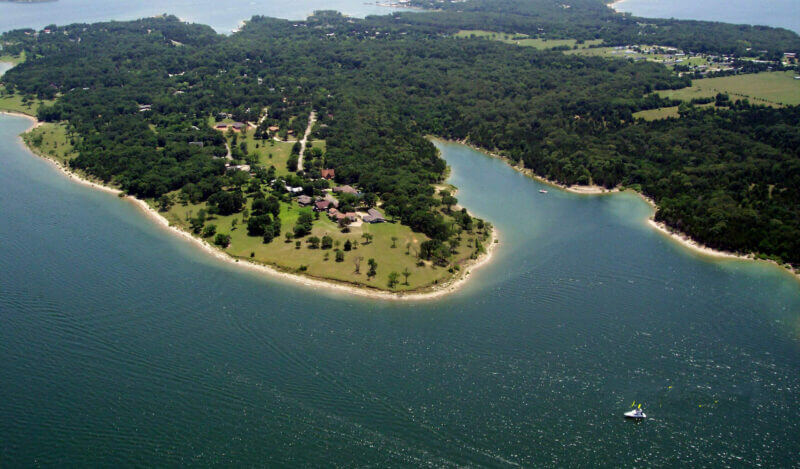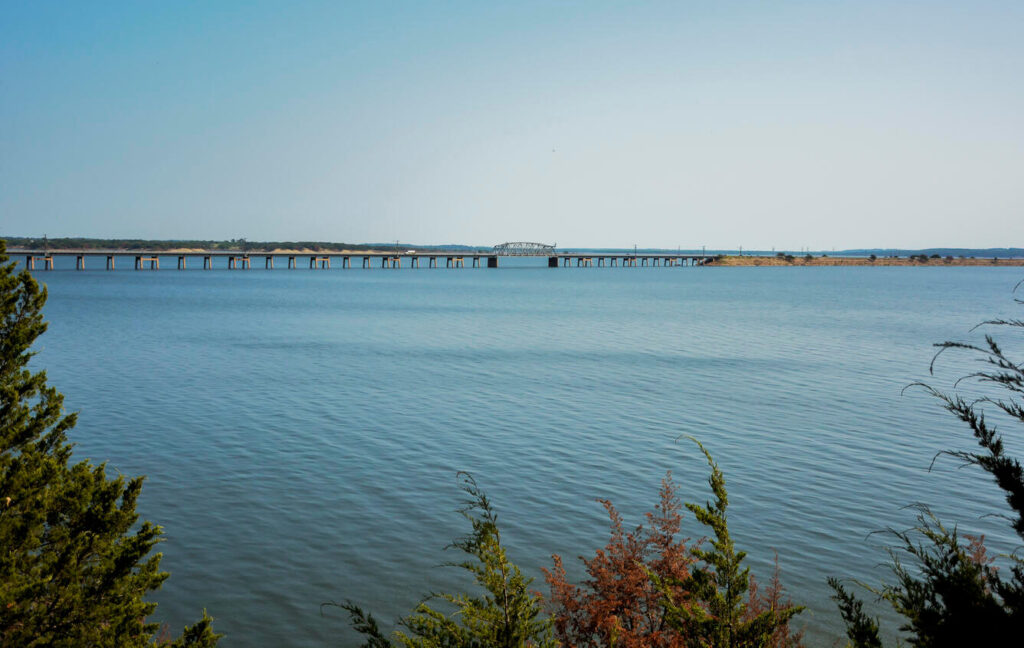
Why Lake Texoma Should Be Capitalized Grammar Rules, Geography, and Common Mistakes Explained
The phrase “Lake Texoma should be capitalized” may sound like a simple grammar reminder, but it reflects an important aspect of English language rules — the capitalization of proper nouns. When referring to specific geographical locations, capitalization is not just stylistic; it’s a rule that ensures clarity, respect, and accuracy in communication.
Lake Texoma, located on the border between Texas and Oklahoma, is a well-known reservoir that attracts millions of visitors every year for fishing, boating, and recreation. Yet, some people mistakenly write “lake texoma” in lowercase. This error may seem small, but it changes how a reader perceives professionalism, correctness, and even geographical awareness.
2. Why Capitalization Matters in English Grammar
Capitalization serves as a visual cue in written language. It distinguishes proper nouns (names of specific people, places, or things) from common nouns (general categories). For example:
- Correct: I spent the weekend at Lake Texoma.
- Incorrect: I spent the weekend at lake texoma.
In English grammar, the first letter of each proper noun should be capitalized because it identifies a unique entity. Just like you would capitalize Mount Everest, Niagara Falls, or Grand Canyon, the same rule applies to Lake Texoma. The word Lake and the specific name Texoma together form a single, proper noun that identifies a particular lake — not just any lake.
3. The Geography Behind Lake Texoma

To fully understand why “Lake Texoma” should be capitalized, it helps to know a bit about what Lake Texoma actually is. Formed by the Denison Dam on the Red River in 1944, Lake Texoma straddles two U.S. states — Texas and Oklahoma — hence the name Texoma (a blend of “Texas” and “Oklahoma”).
It’s one of the largest reservoirs in the United States, covering nearly 89,000 acres and drawing more than six million visitors annually. The lake serves multiple purposes:
- Flood control
- Hydroelectric power generation
- Recreation and tourism
- Wildlife conservation
Because of its significance, Lake Texoma is an officially recognized geographic name, meaning it must be capitalized according to both English grammar and U.S. geographic naming conventions.
4. Grammar Rules That Explain the Capitalization of “Lake Texoma”
According to the Chicago Manual of Style and the Associated Press (AP) Stylebook, geographical names that include a generic term (like lake, mountain, or river) and a specific name (like Texoma, Everest, Amazon) should capitalize both words when they appear together as the proper name.
Here’s how it works:
✅ Correct Usage Examples:
- Lake Texoma
- Mount Rushmore
- Grand Canyon
- Mississippi River
❌ Incorrect Usage Examples:
- lake texoma
- mount rushmore
- grand canyon
- mississippi river
When the generic term stands alone — as in “the lake” — it’s lowercase because it’s no longer referring to the specific proper name but rather to a common noun.
Example:
- “We’re going swimming in Lake Texoma.” (Proper noun)
- “Let’s relax by the lake.” (Common noun)
5. Common Mistakes Writers Make When Referring to Lake Texoma

Even experienced writers sometimes make capitalization mistakes when writing about geographical features. Here are a few common errors to watch out for:
- Lowercasing both words: “lake texoma” – incorrect.
- Capitalizing only one word: “Lake texoma” or “lake Texoma” – incorrect.
- Misusing article and preposition capitalization in titles:
- Incorrect: “a day at lake Texoma”
- Correct: “A Day at Lake Texoma”
The general rule: Capitalize both “Lake” and “Texoma” because they are part of the formal title of the place.
6. Lake Texoma in Popular Culture and Media
Lake Texoma’s fame goes beyond just being a body of water. It’s a cultural icon for residents of both Texas and Oklahoma. It’s featured in travel blogs, music lyrics, outdoor adventure vlogs, and local tourism campaigns.
Writers and journalists frequently refer to the lake when discussing:
- Weekend getaways near Dallas or Oklahoma City
- Fishing tournaments and boat races
- Local wildlife and environmental conservation
In all these contexts, professional editors and media outlets follow capitalization rules strictly. For instance, official tourism boards, like the U.S. Army Corps of Engineers and TravelOK, always refer to it as Lake Texoma, never lake texoma.
This consistent capitalization helps maintain a standard across publications and reinforces the location’s identity as a distinct landmark.
7. The Role of Capitalization in SEO and Online Writing
If you’re writing for the web, the way you capitalize “Lake Texoma” also affects your SEO (Search Engine Optimization) performance. Google and other search engines are smart enough to recognize case variations, but user perception and readability matter greatly for engagement.
Here’s why proper capitalization improves SEO and user trust:
- Professionalism: Correct grammar boosts your content’s credibility.
- Click-through rates: Well-written titles like “Top 10 Things to Do at Lake Texoma” attract more clicks than “top 10 things to do at lake texoma.”
- Search intent alignment: Users searching “Lake Texoma” expect authoritative, properly formatted content.
In short, even though capitalization doesn’t directly change Google’s ranking algorithm, it enhances readability, professionalism, and user engagement — all key SEO factors.
8. How to Remember When to Capitalize Place Names
A simple memory rule can help you decide when to capitalize a place name like Lake Texoma:
If it’s a unique name, capitalize it. If it’s a description, don’t.
✅ Examples of Correct Capitalization:
- Lake Texoma is one of the largest reservoirs in the United States.
- The Red River flows into Lake Texoma.
- I spent my vacation near Lake Texoma’s shoreline.
❌ Examples of Incorrect Capitalization:
- I visited lake Texoma last summer.
- Lake texoma offers great fishing spots.
- The best lake Texoma cabins are near Kingston.
Always treat Lake Texoma as a proper noun, and capitalize both parts accordingly, no matter where it appears in a sentence.
9. Educational Value: Teaching Students and Writers Proper Noun Rules
For teachers, editors, and students, the case of “Lake Texoma” provides a perfect example when explaining capitalization in geography and English writing. It’s also helpful when creating exercises for ESL (English as a Second Language) learners.
Here’s a quick classroom-style rule summary:
- Rule 1: Always capitalize the name of a specific lake, mountain, or river.
- Rule 2: If the word “lake” comes before the specific name (Lake Texoma), capitalize both.
- Rule 3: If the word “lake” stands alone (the lake), keep it lowercase.
This approach not only clarifies grammar but also builds awareness about American geography, encouraging learners to connect language with real-world locations.
10. Final Thoughts: Why “Lake Texoma” Deserves Its Capital Letters
In summary, “Lake Texoma should be capitalized” because:
- It’s a proper noun representing a unique geographical landmark.
- English grammar rules require both the generic term (Lake) and the specific name (Texoma) to be capitalized.
- Proper capitalization conveys professionalism, accuracy, and respect for the place’s identity.
- It enhances SEO, readability, and user trust in online content.
- It aligns with official usage in maps, government publications, and tourism websites.
So, the next time you write about this beautiful border lake, remember: it’s Lake Texoma, not lake texoma. Correct capitalization is more than grammar — it’s about honoring the name and meaning behind one of America’s most cherished lakes.
Another Topic To Read Hello world!
About Me

Chesung Subba
Author/Writer
Hello, I'm Chesung Subba, a passionate writer who loves sharing ideas, stories, and experiences to inspire, inform, and connect with readers through meaningful content.
Follow Me
Connect with me and be part of my social media community.

Leave a Reply